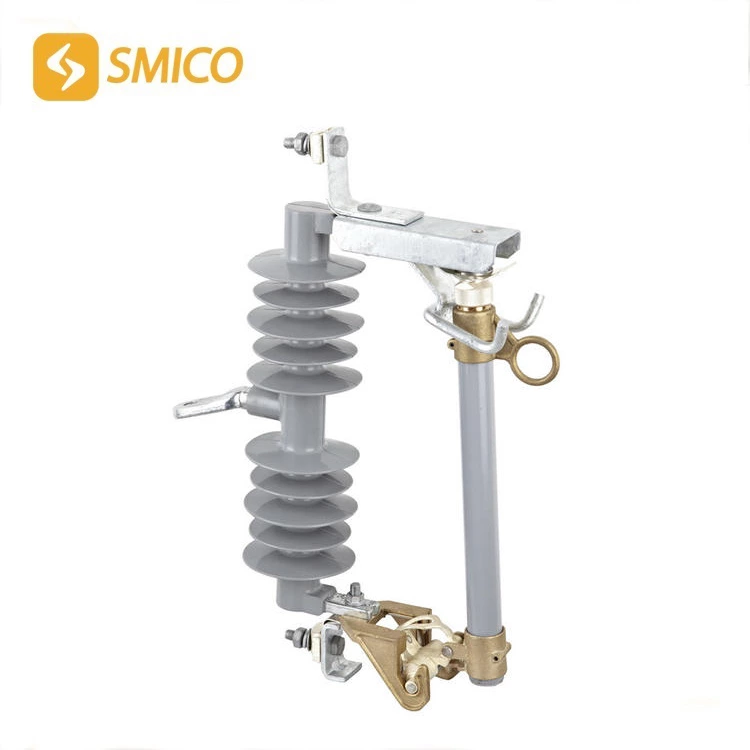What Is The Difference Between An Ejector Fuse And A Dropout Fuse?
What is the difference between a jet fuse and drop out expulsion fuse?
For capacitors, high-voltage fuses do not provide overload protection and are circuit breakers that can only be activated after a short circuit. Under normal circumstances, when the fault current or parallel energy storage value is a medium value, a jet fuse is used; when the fault current is greater than 6000A or the parallel energy storage value is greater than 10 kilojoules (US), a high-voltage limiting fuse can be used to cut off the faulty capacitor.
Similar to ordinary drop out fuse 22kv, the fuse device is divided into two layers, the outer layer is a protective layer, the outer layer is a layer of material, and the inner layer is made of a large amount of gas generated by heat energy. If the high-voltage fuse is blown due to a fault, an arc will appear at the break. The fuse tube will produce a large amount of gas under the action of the arc, and the extension tube will blow arcs longitudinally to both ends. The fuse tube is a single-end blow arc, and there is also a spray arc at both ends. This spray arc is used for ejection and can play an arc extinguishing role. At the same time, when the fuse tube is active, due to the disconnection of the fuse, the contact will not be able to maintain the raised state and will fall down.
The perforated fuse can also be called drop out fuse 33kv. Its main feature is that its structure will be simpler than other high-voltage fuses, but its breaking capacity will also be larger and its price will be lower. Therefore, it is often used as a protective device for 10-35kV distribution transformers and distribution lines. Spray fuses, parallel capacitors and single-layer protection fuses produce more gas when breaking large currents, have good gas blowing effects, and arcs are easy to extinguish, but the pressure inside the fuse tube is high and the sound and light effect is large. The rated breaking current of the fuse is affected by the external sound and light effect and the internal force. Increasing the inner diameter of the fuse tube (the outer diameter is also increased accordingly) can reduce the fuse tube pressure, thereby increasing the rated breaking current.
When breaking small currents, due to the small amount of gas produced and the poor blowing effect, it is easy to fail to extinguish the arc. Therefore, there is also a lower breaking current limit in the spray fuse.
When the breaking current is less than the lower limit current, the fuse cannot reliably open the circuit.
When choosing a blow fuse, pay attention to the lower limit current. When the short-circuit current of an electrical appliance is small, it is not advisable to choose a fuse with a large rated breaking current.

